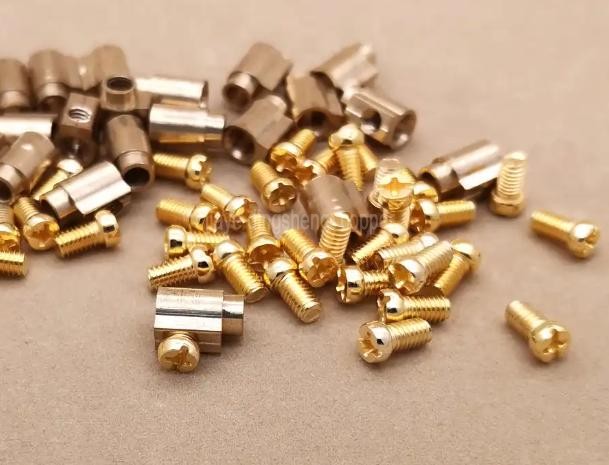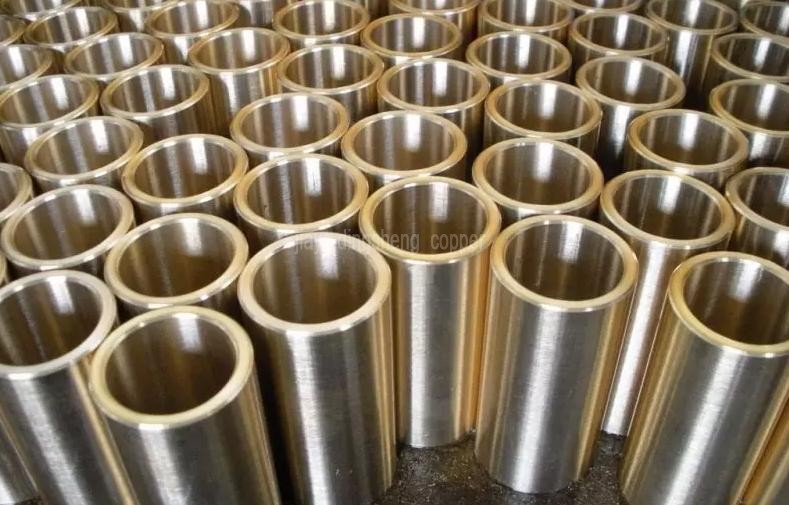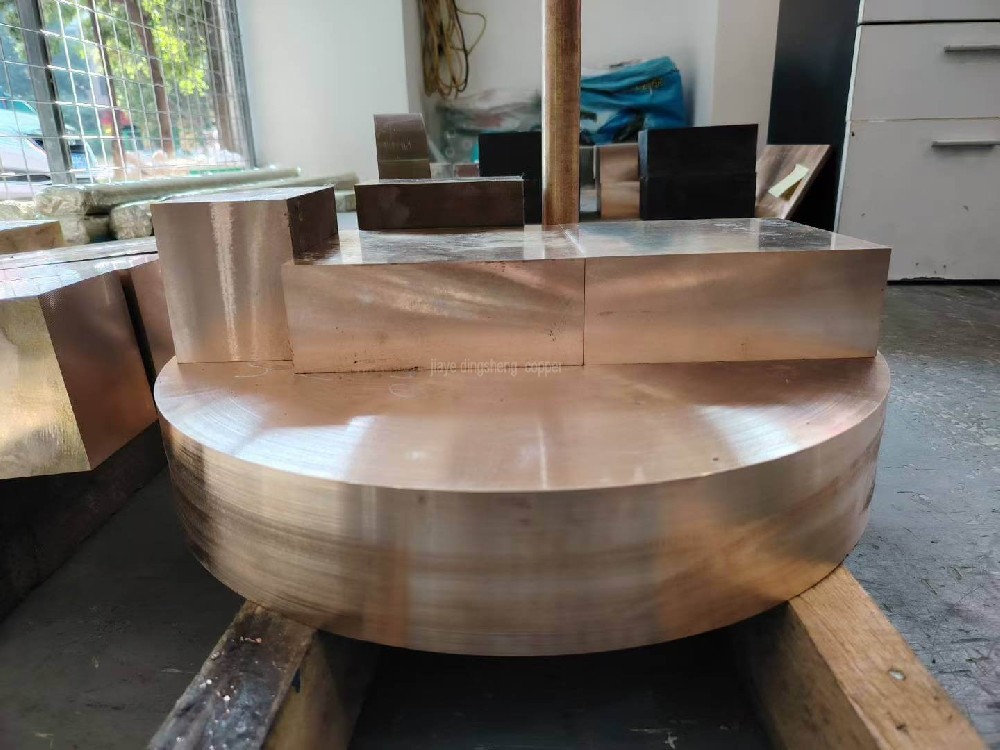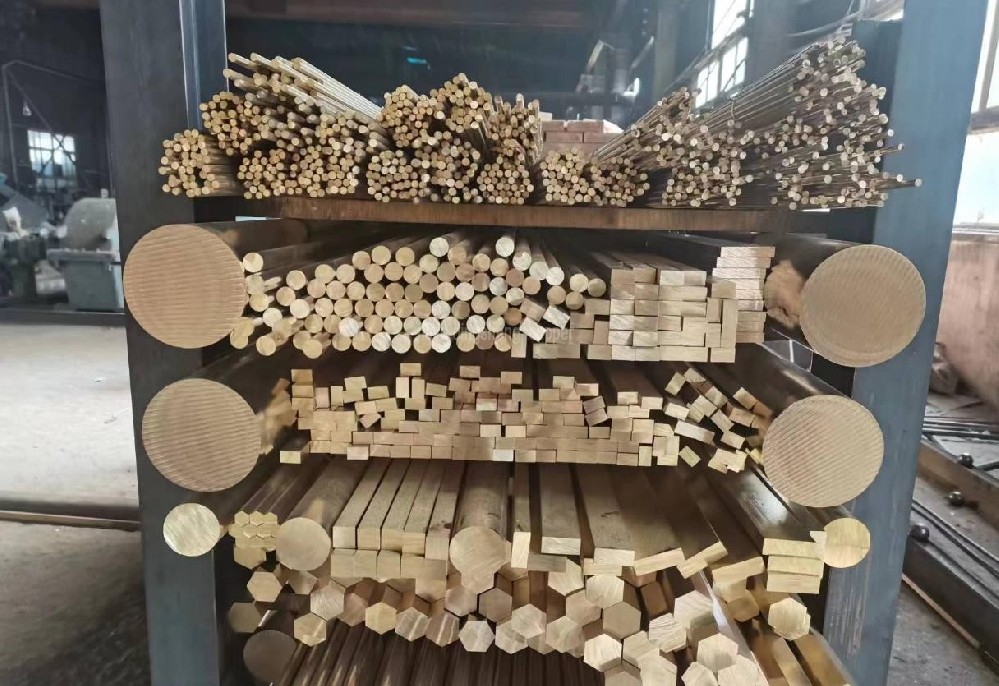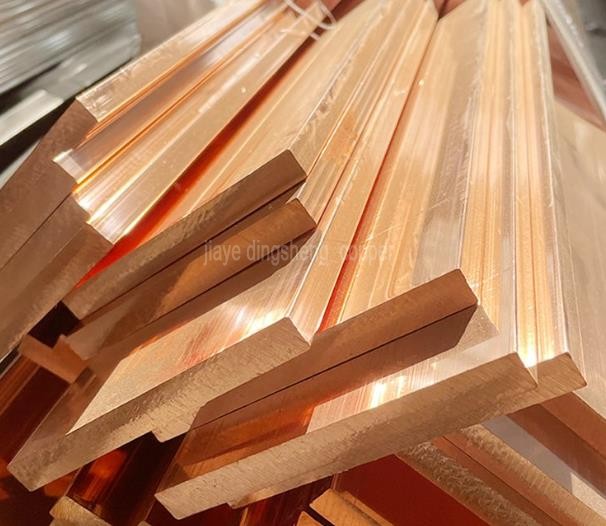What are the disadvantages of phosphor bronze?
The disadvantages of phosphor bronze
Phosphor bronze is a common copper alloy. Despite having many advantages, such as excellent conductivity, machinability, and wear resistance, it still has some drawbacks.
1. Poor machinability
Phosphor bronze has a high hardness and linear expansion coefficient, which makes its machinability worse compared to other copper alloys. If traditional machining methods are used, phosphor bronze is prone to cracks and deformation, affecting the machining quality.
2. Poor corrosion resistance
Due to the presence of more copper and zinc elements in phosphor bronze, its resistance to corrosion is relatively low. Long-term exposure to high temperatures and humid environments is likely to cause oxidation and corrosion, resulting in surface discoloration, cracking, and porosity problems.
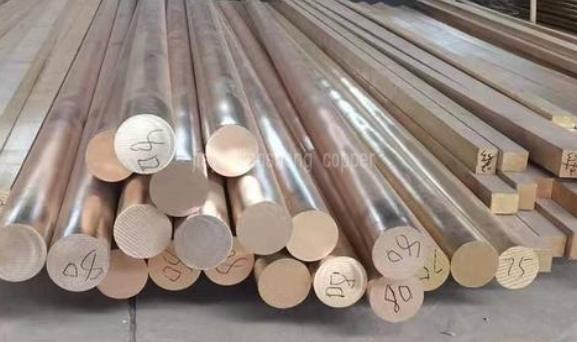
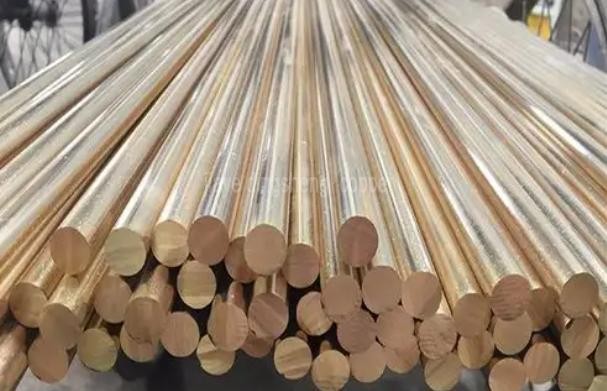
The main disadvantages of phosphor bronze plates stem from the balance of alloy components and require selection based on application scenarios.
3. Lower conductivity than pure copper
The addition of phosphorus reduces the conductivity of copper, making it unsuitable for applications requiring extremely high conductivity performance such as high-purity copper wires.
4. Higher price
The cost of alloying elements such as tin and phosphorus is higher than that of ordinary brass or pure copper, resulting in higher prices for phosphor bronze plates. This may not be suitable for budget-sensitive low-end products.
5. Processing requires protection
The dust and smoke generated during the processing of phosphor bronze are harmful if inhaled, and measures such as ventilation and protective equipment need to be taken.
# Tags:
-
the disadvantages of phosphor bronze

